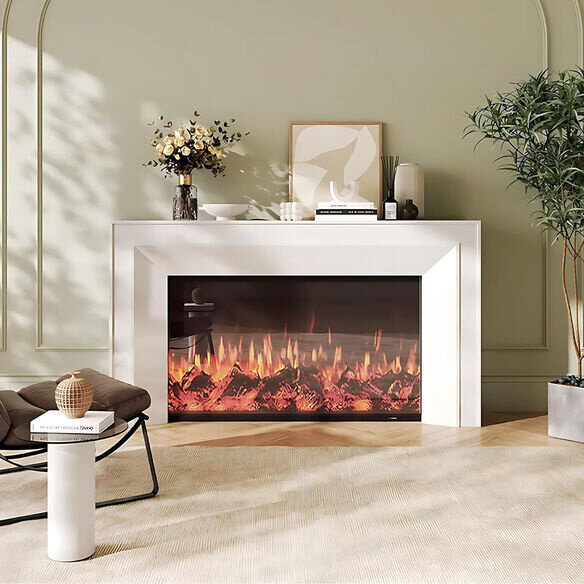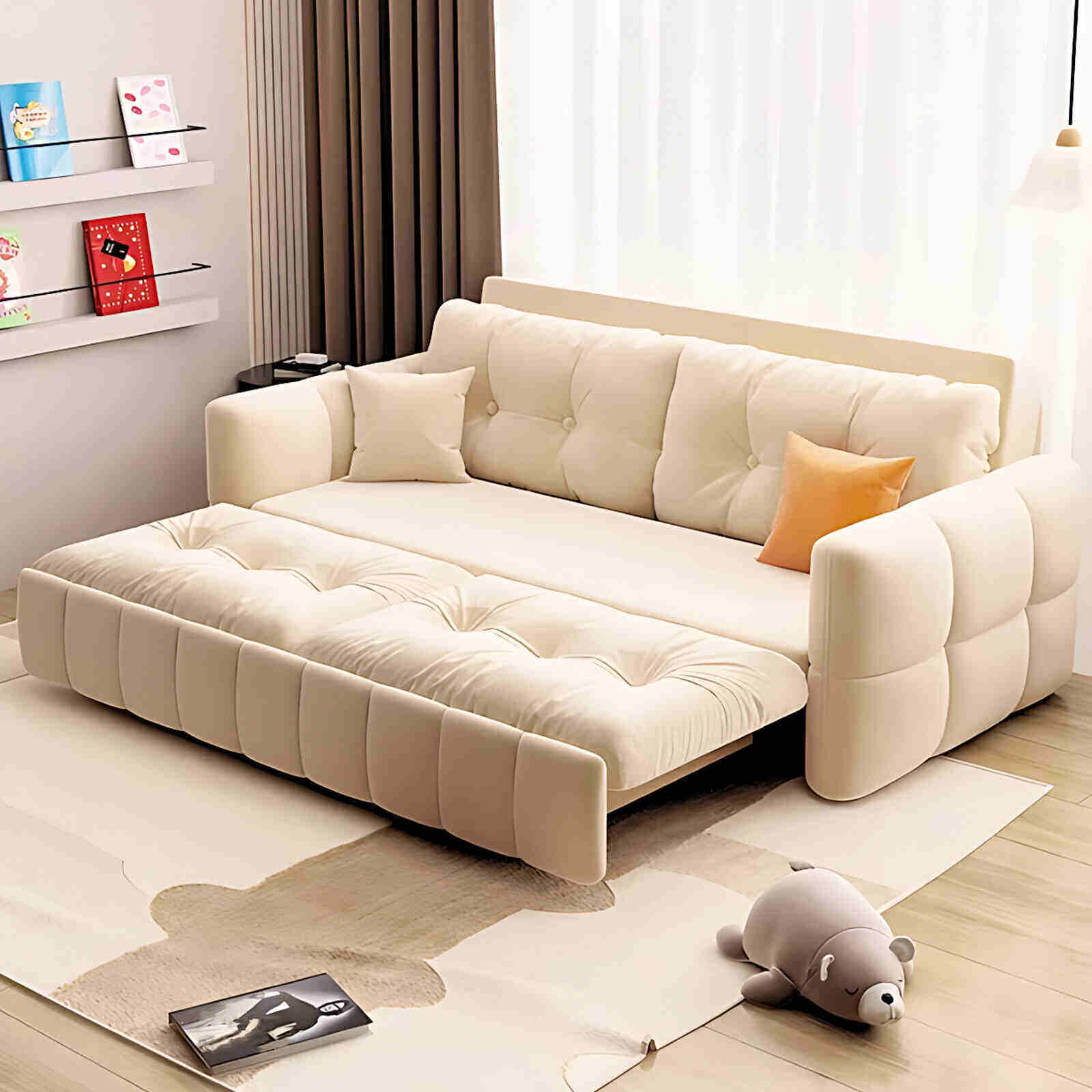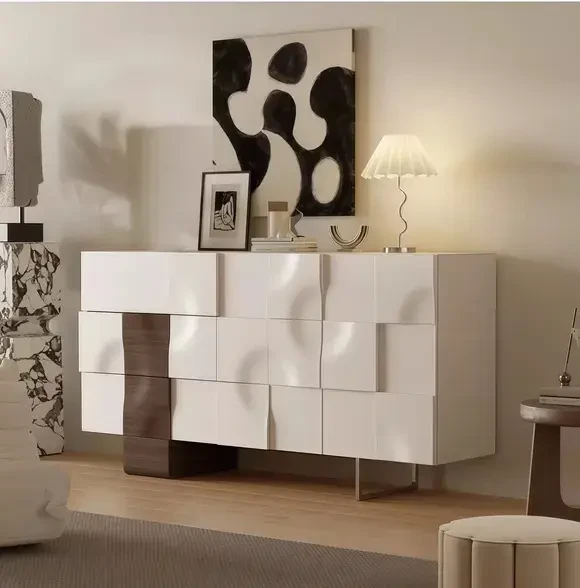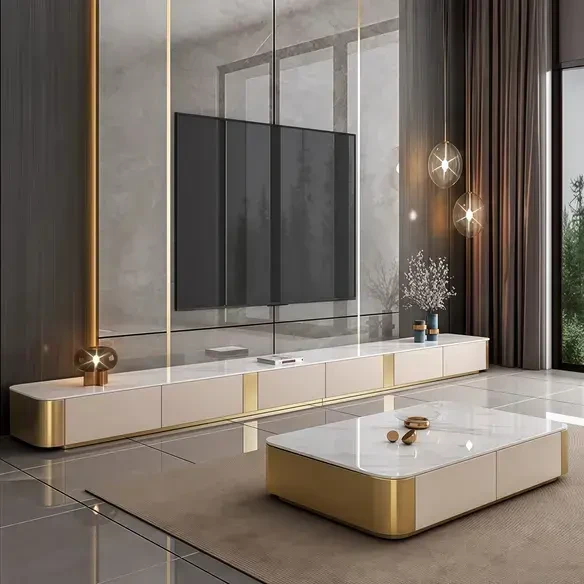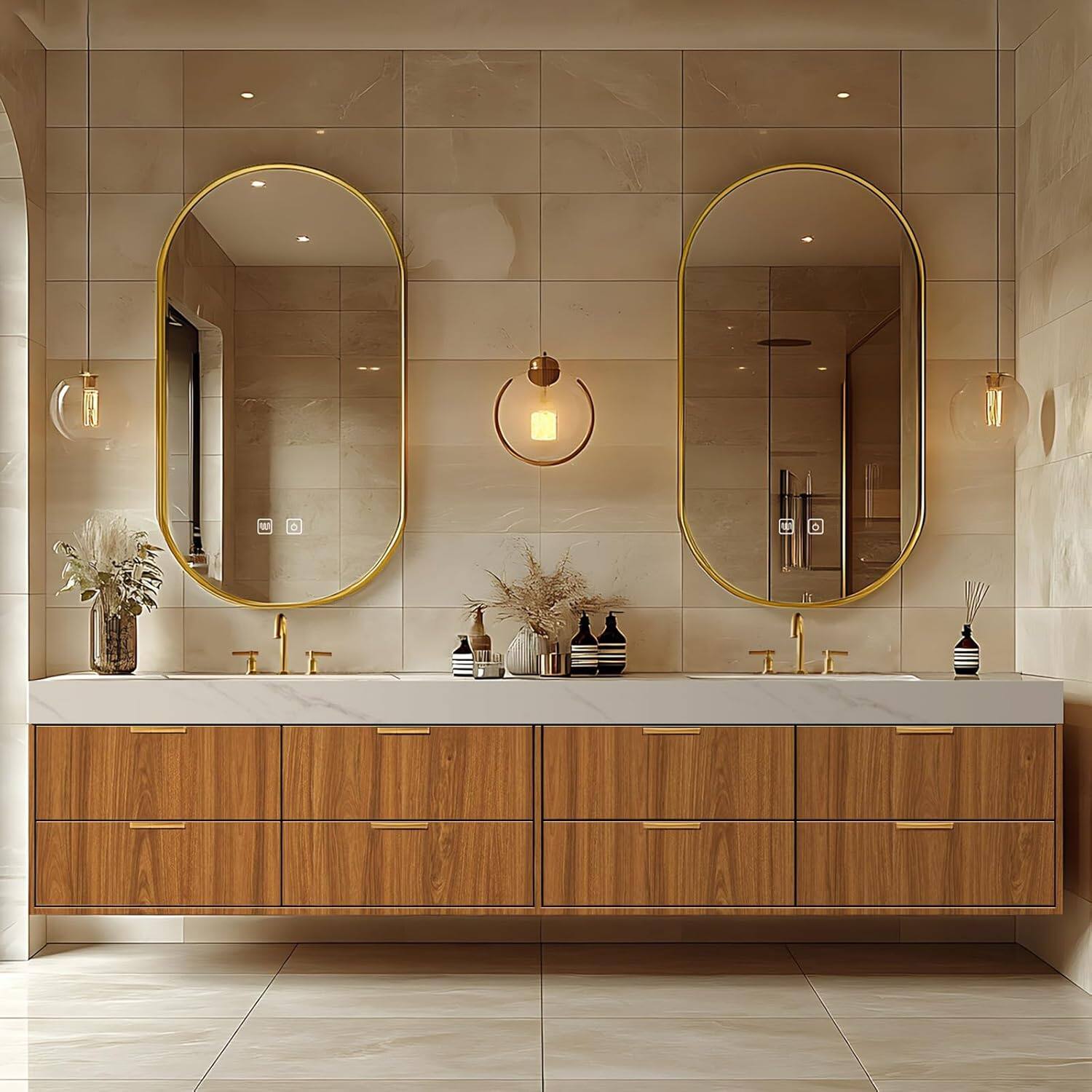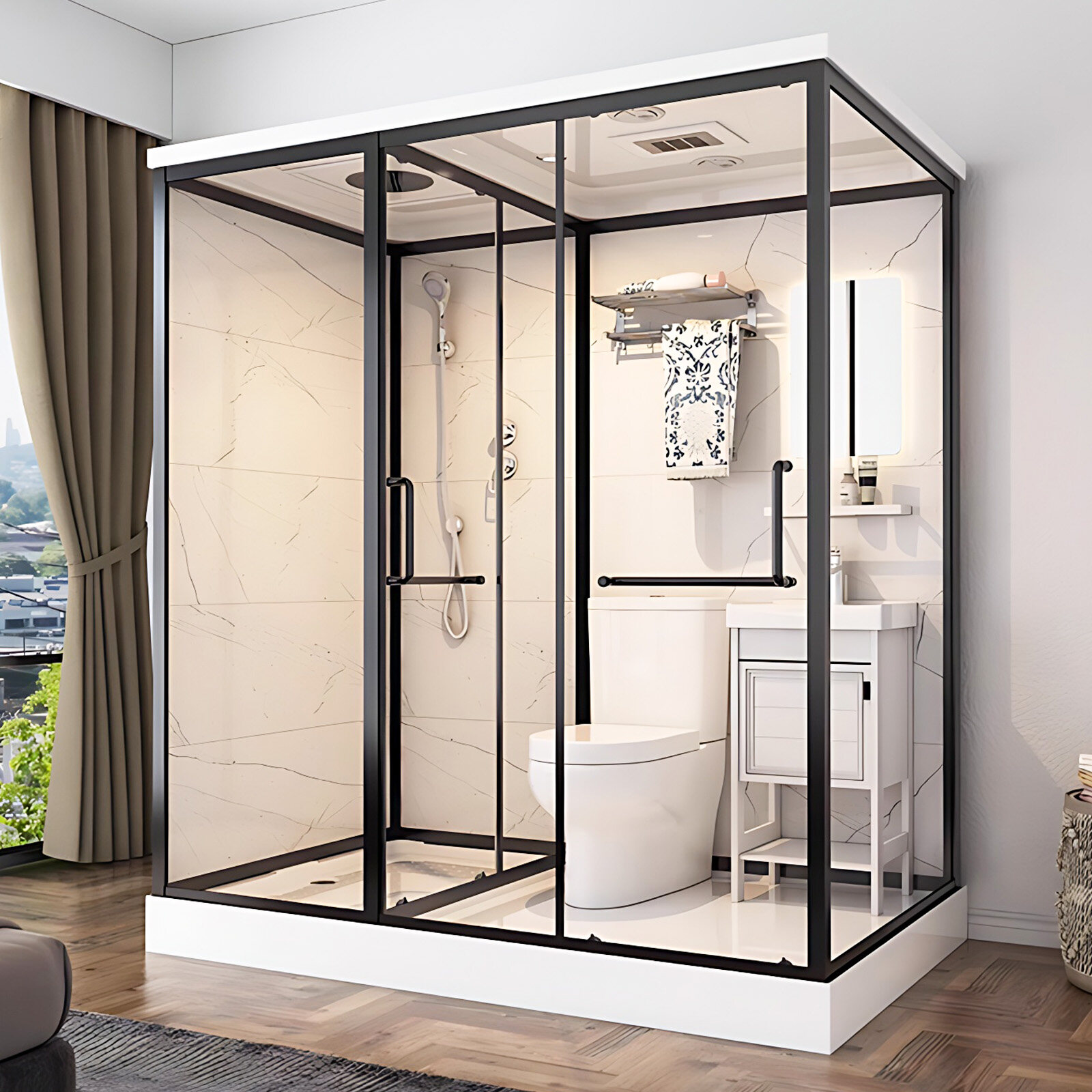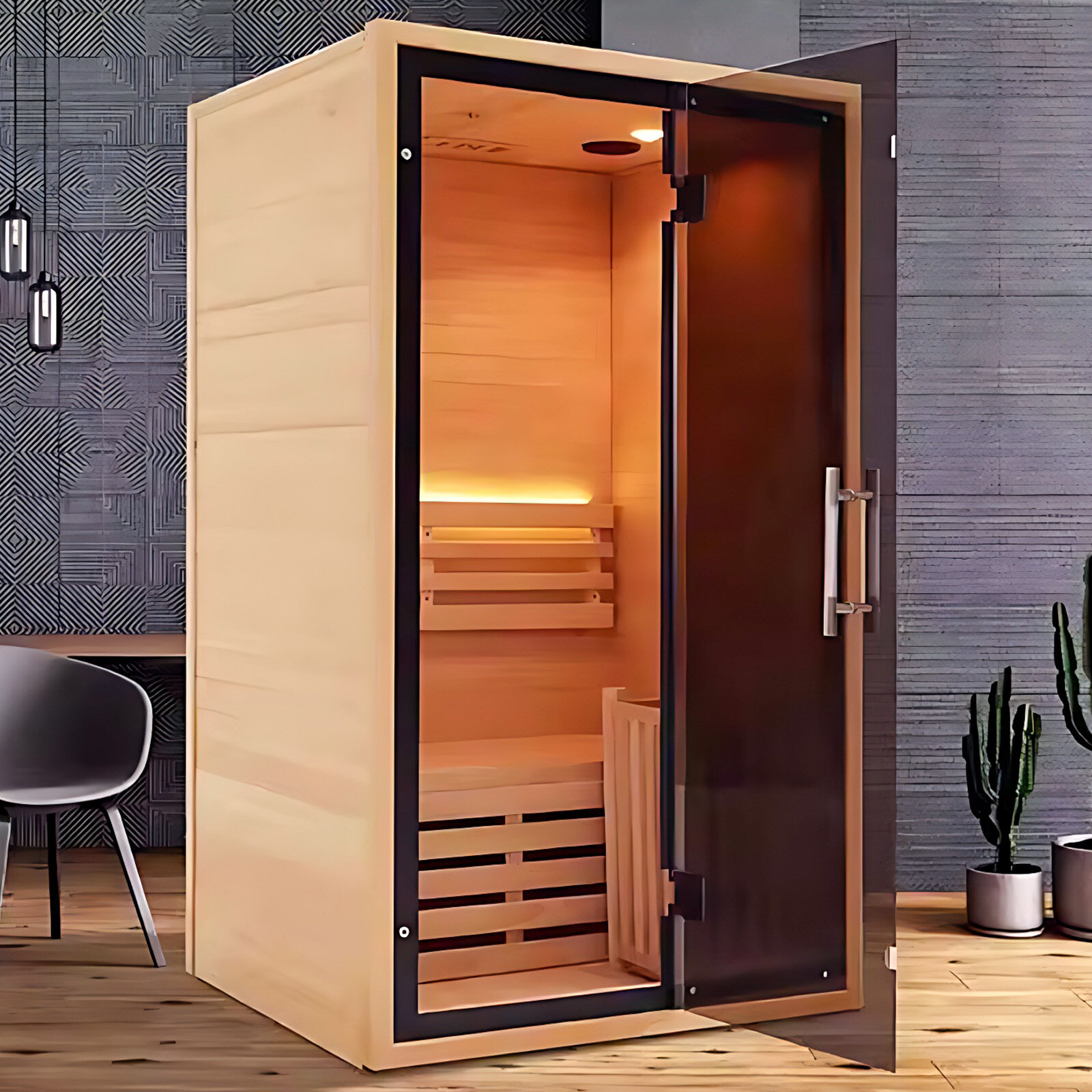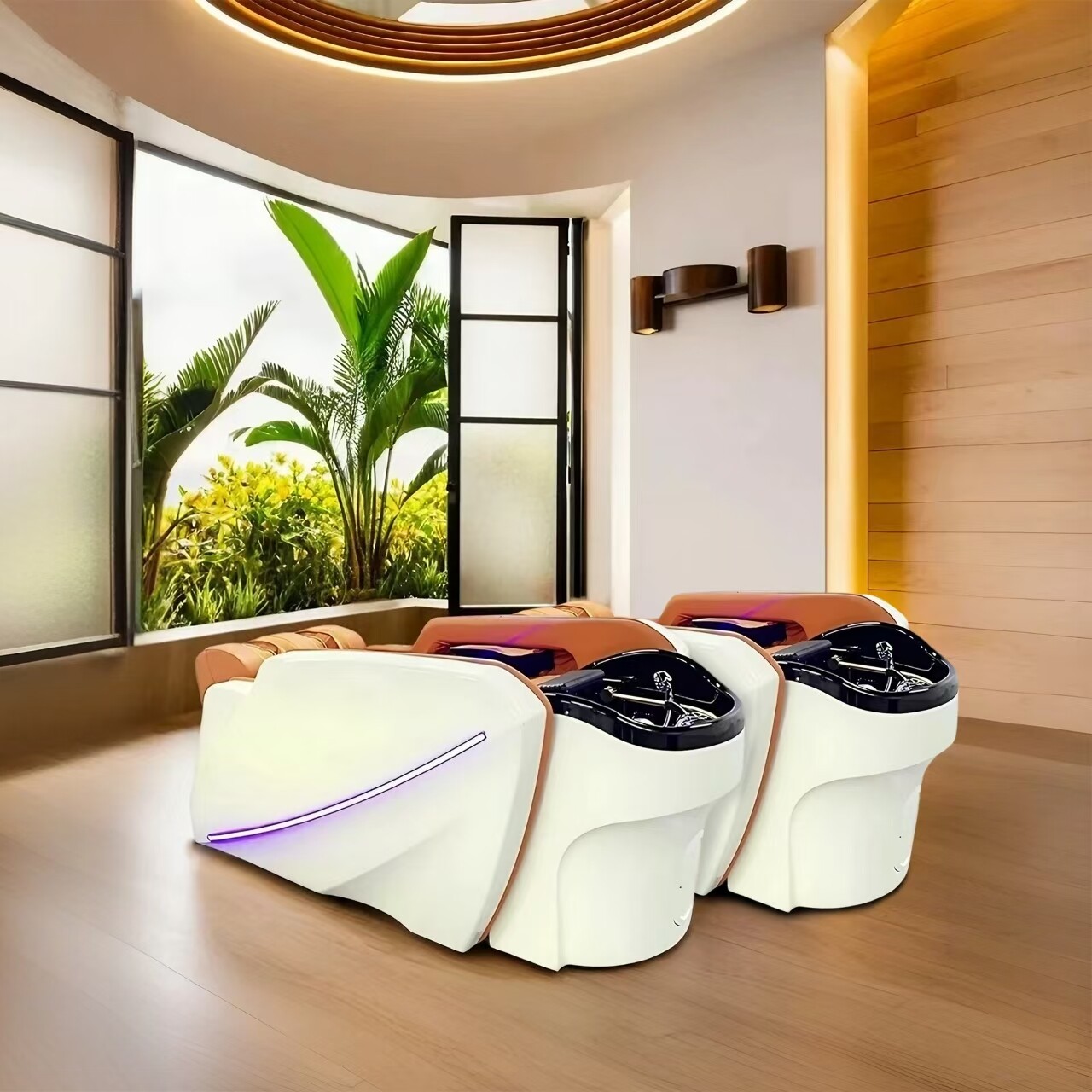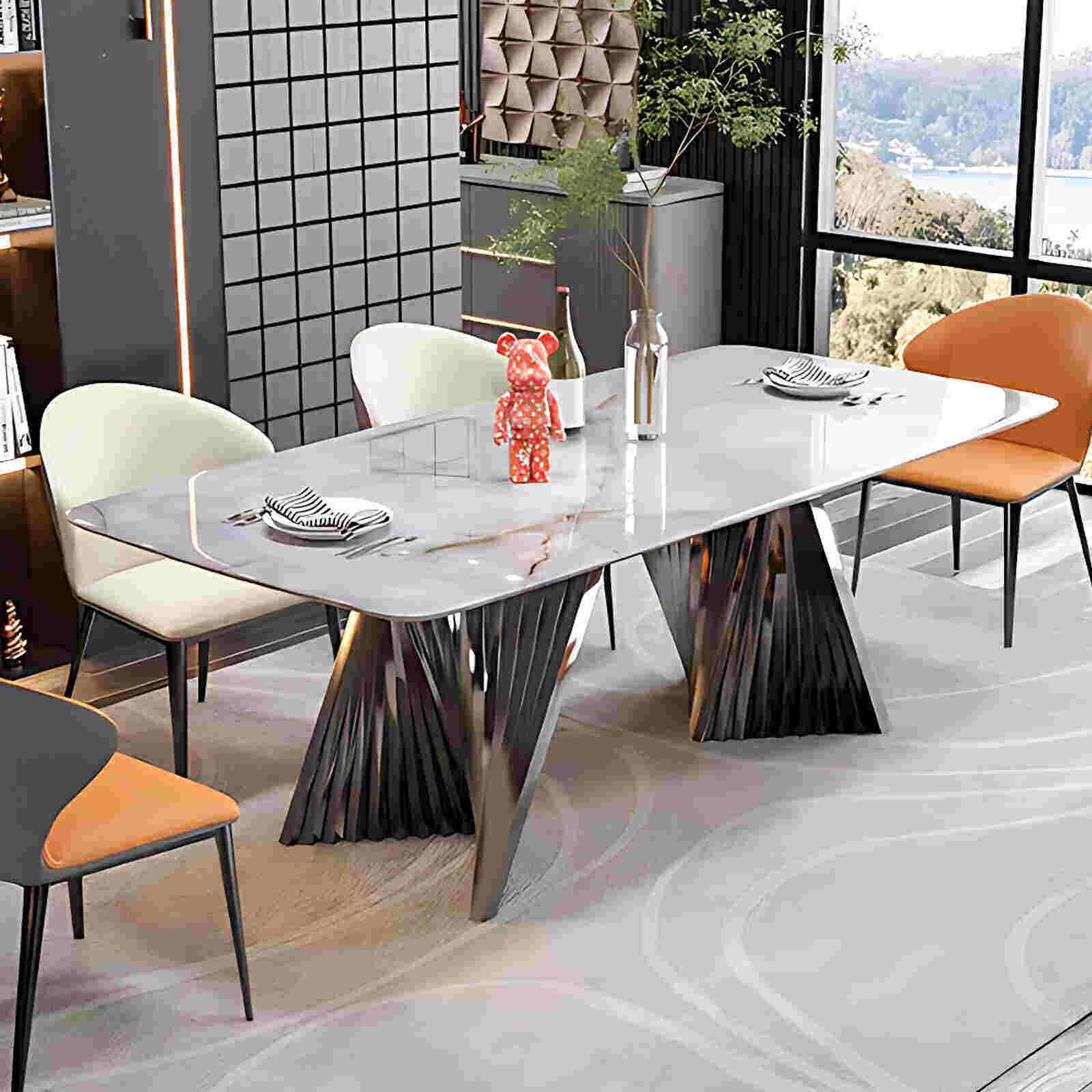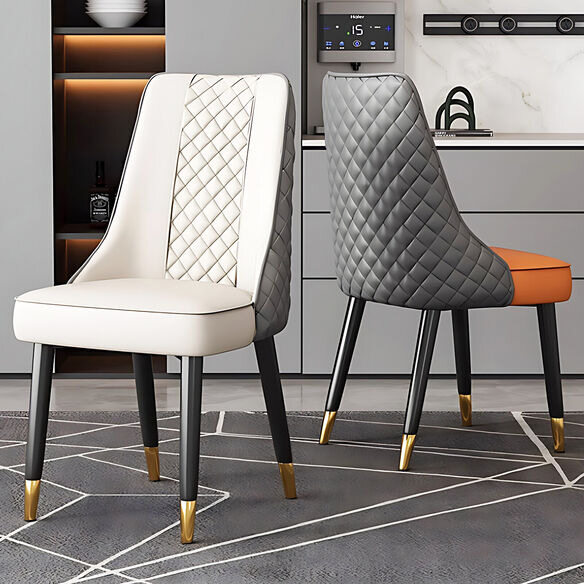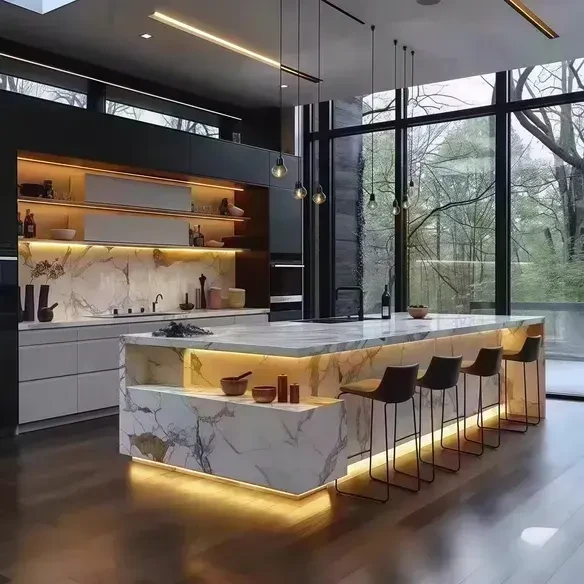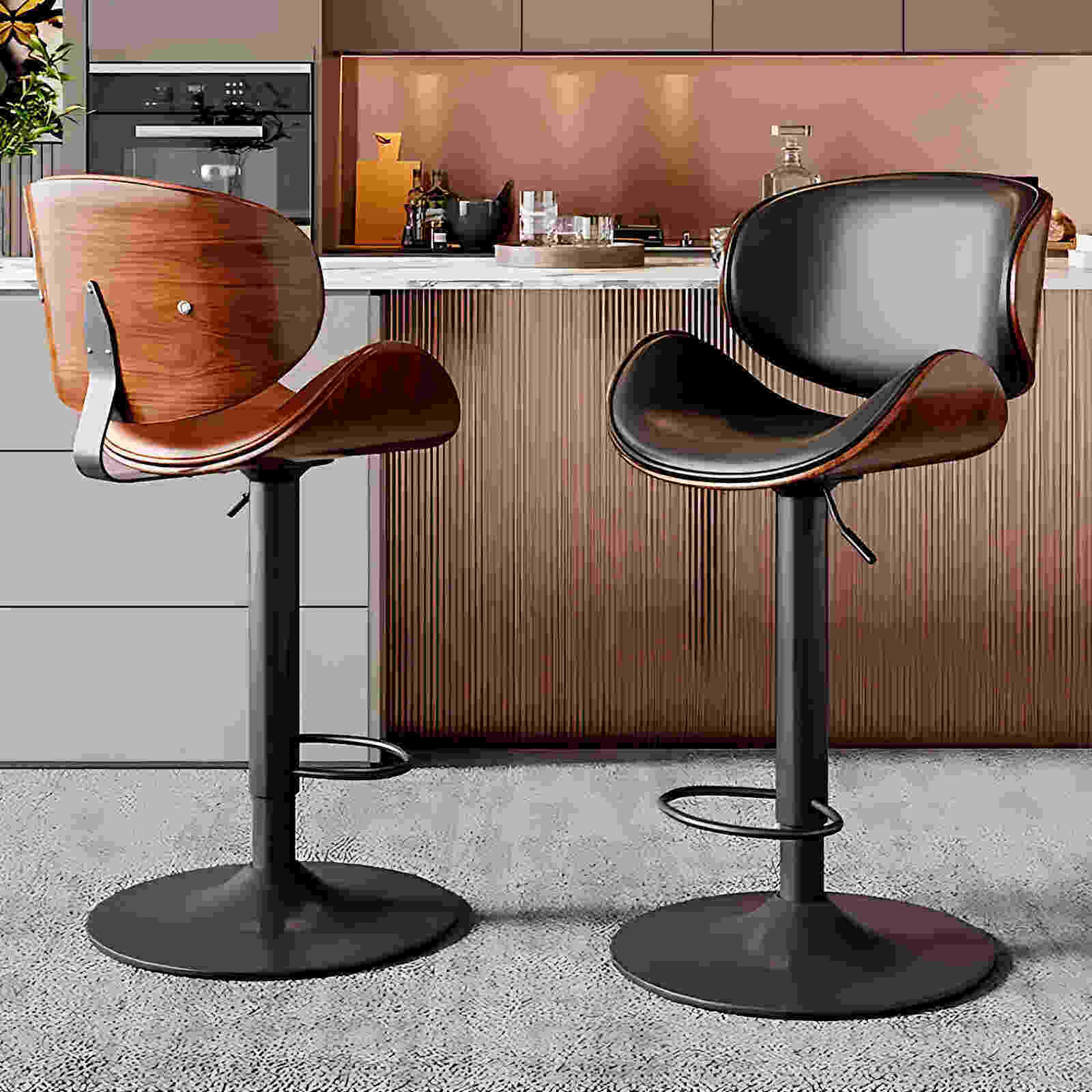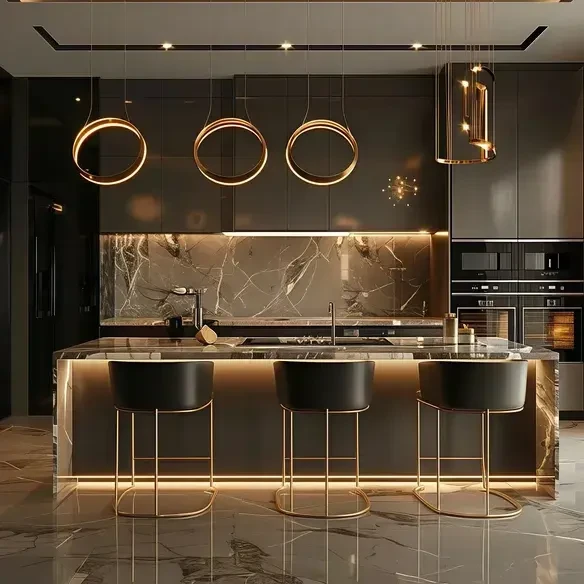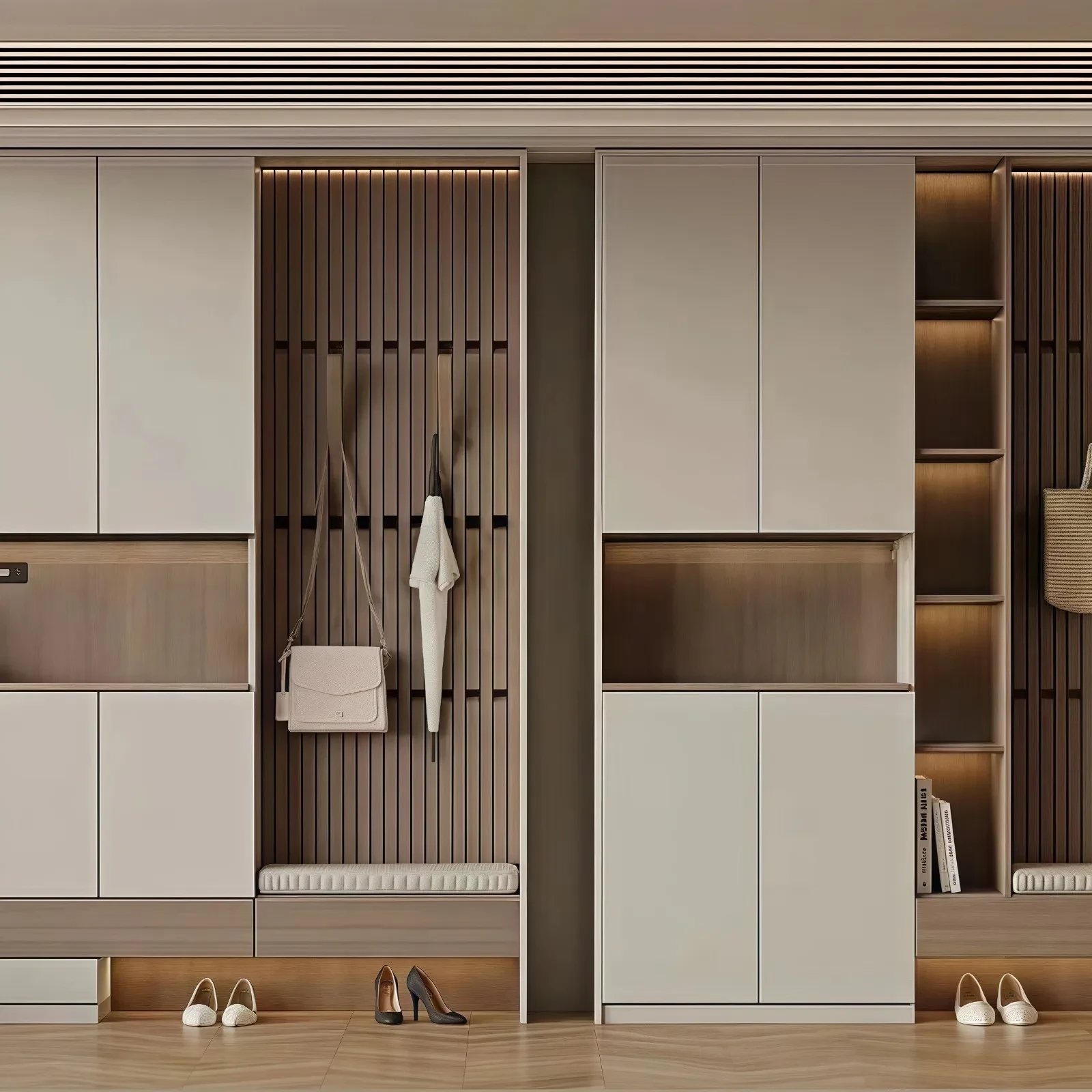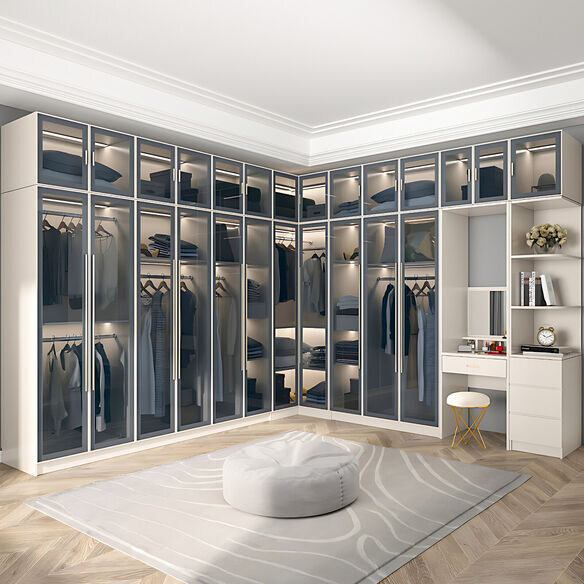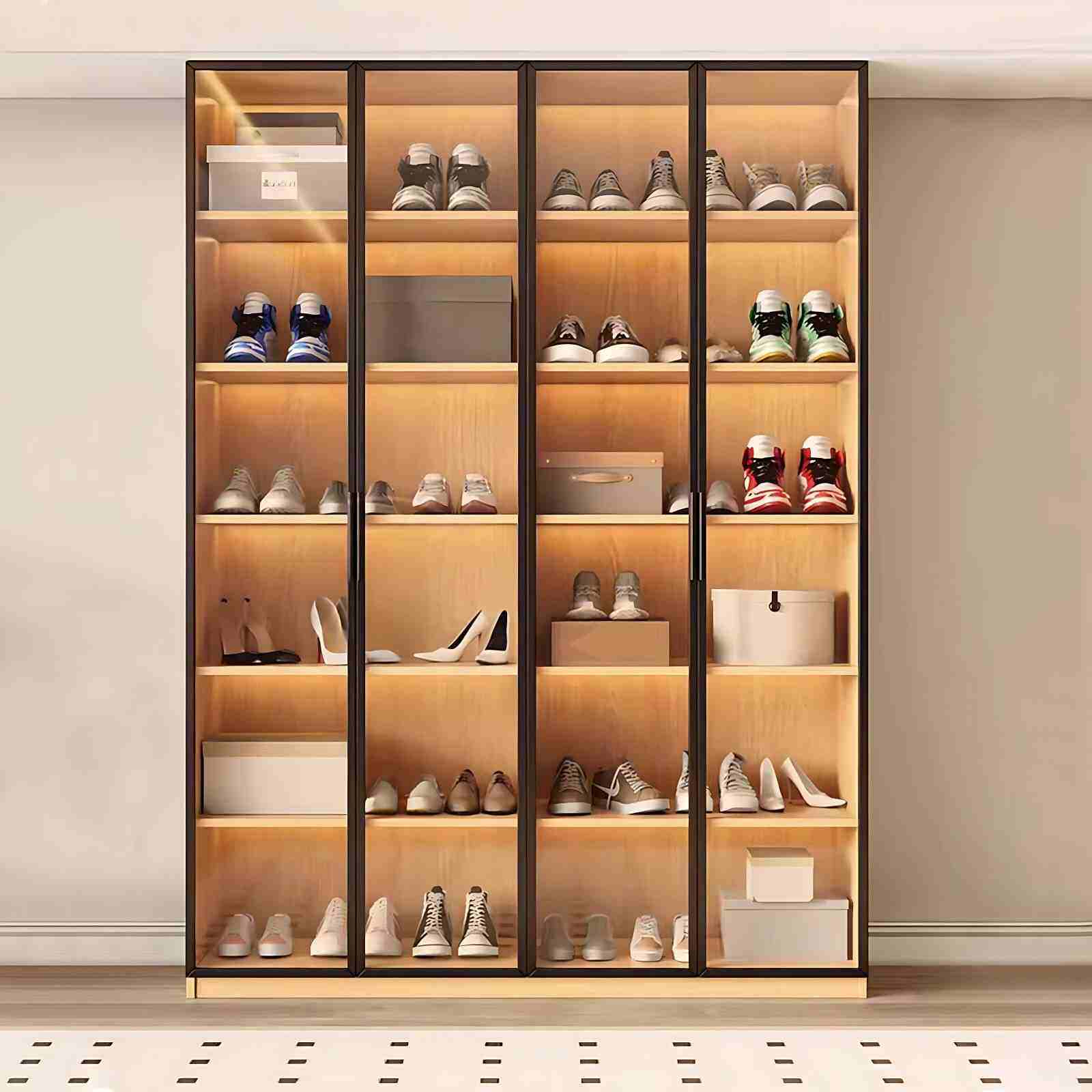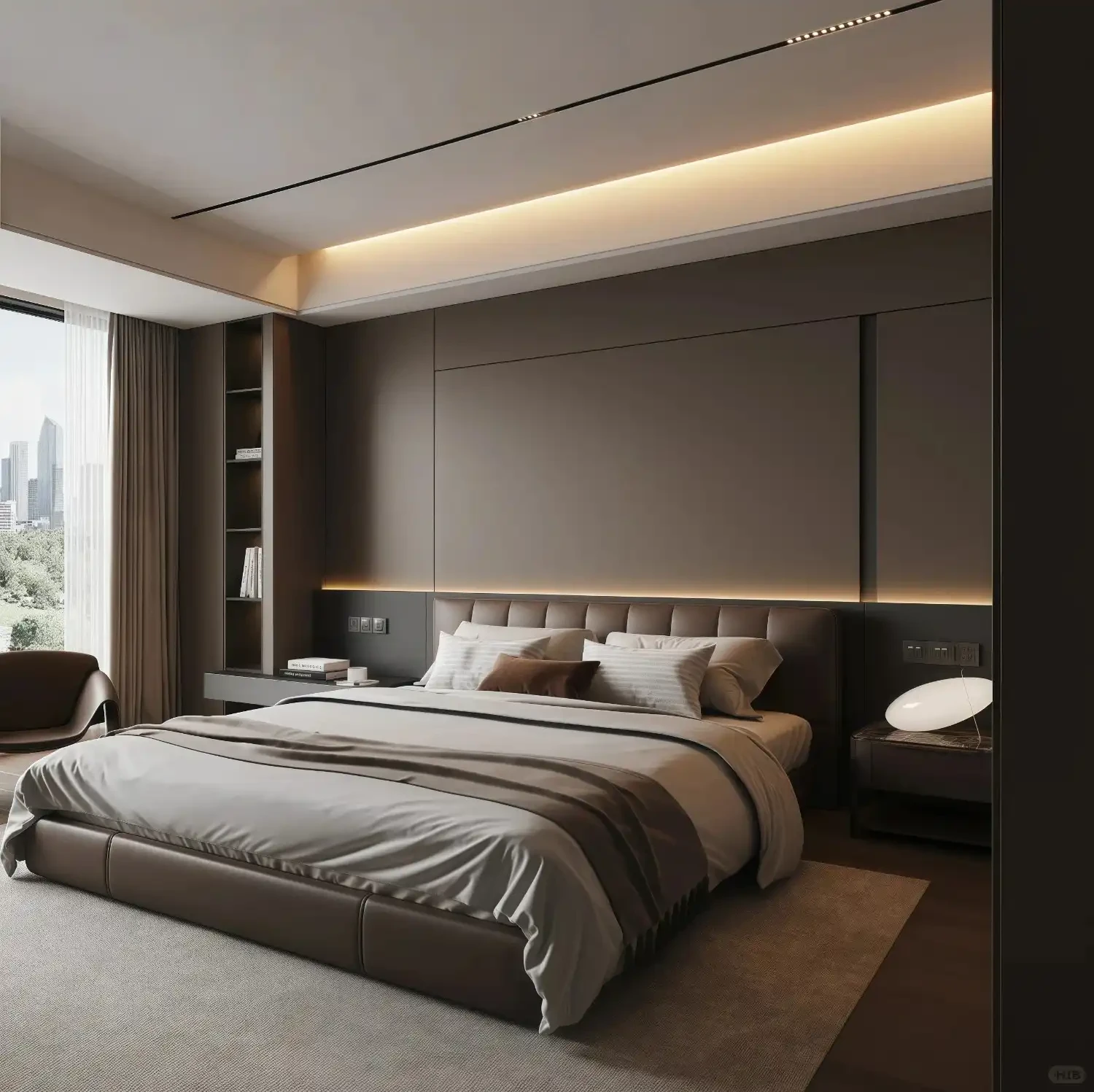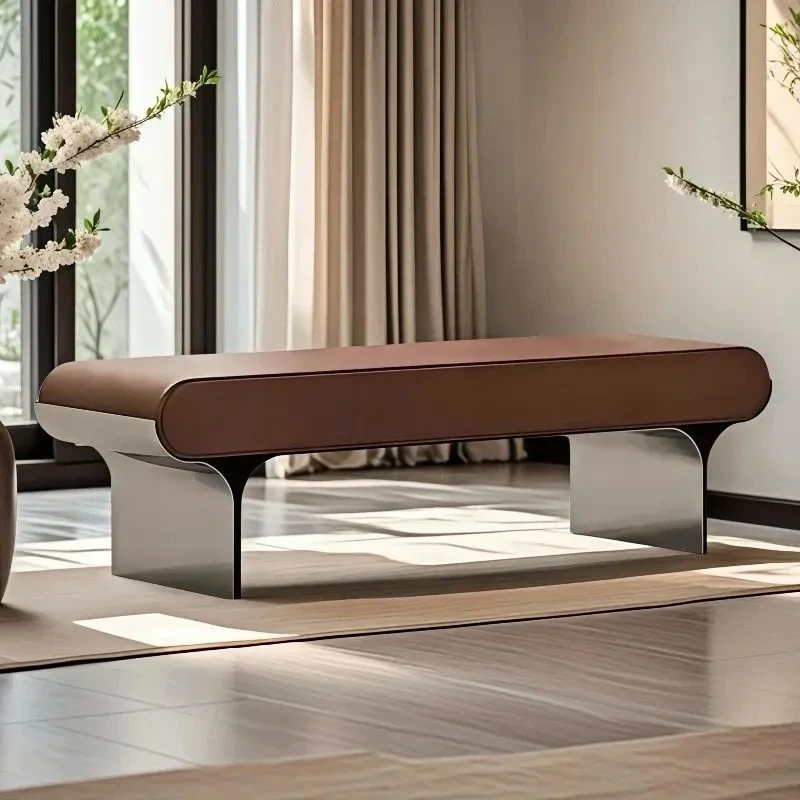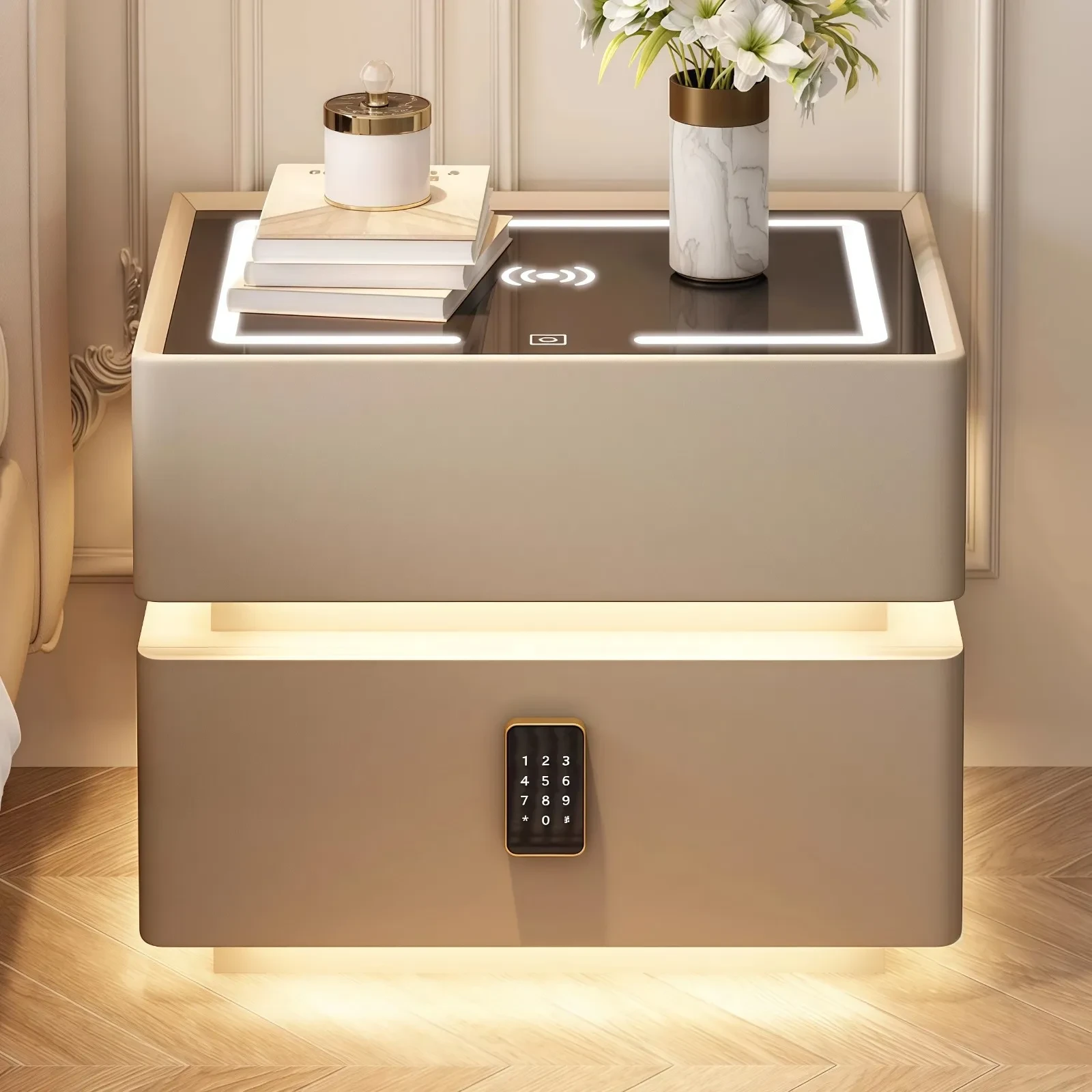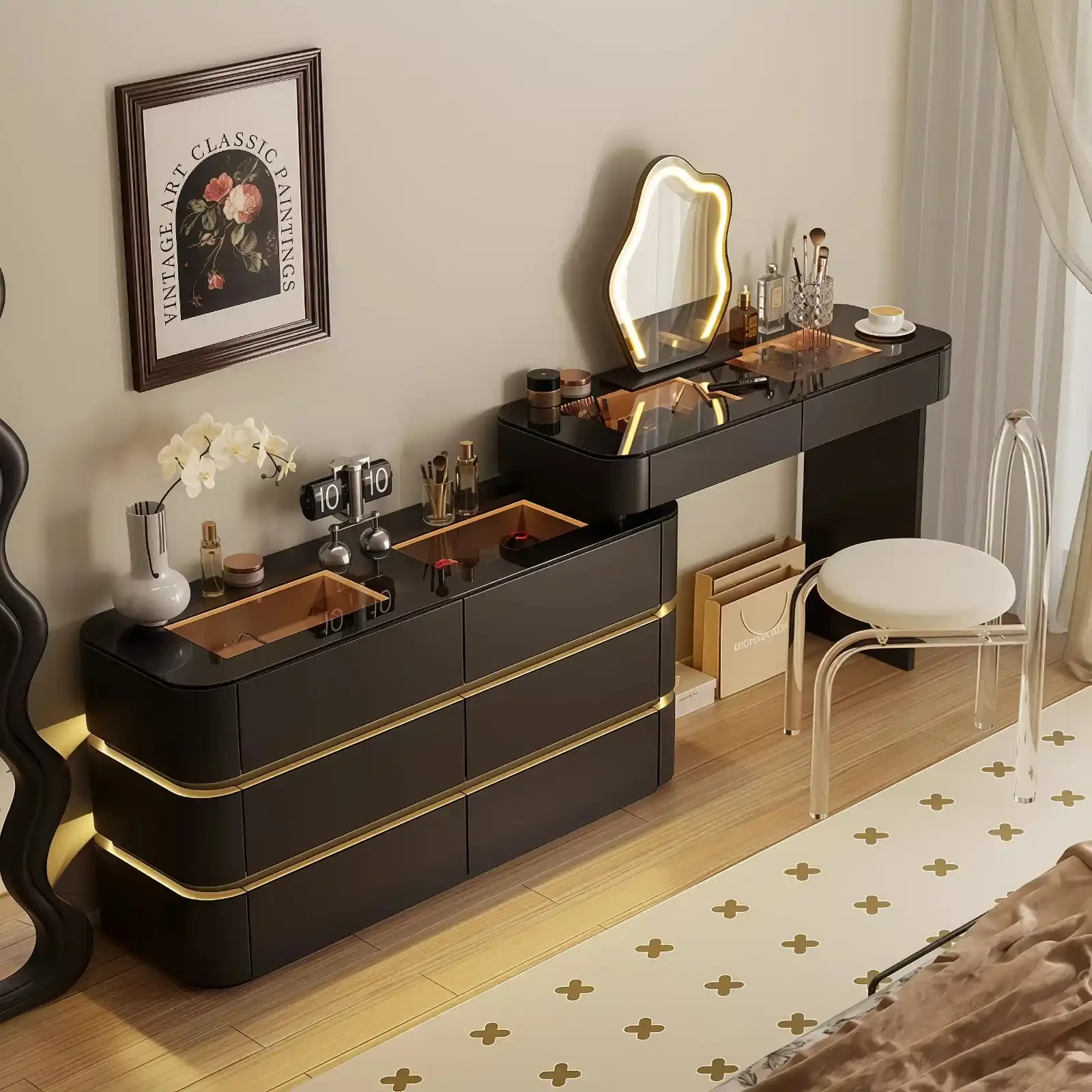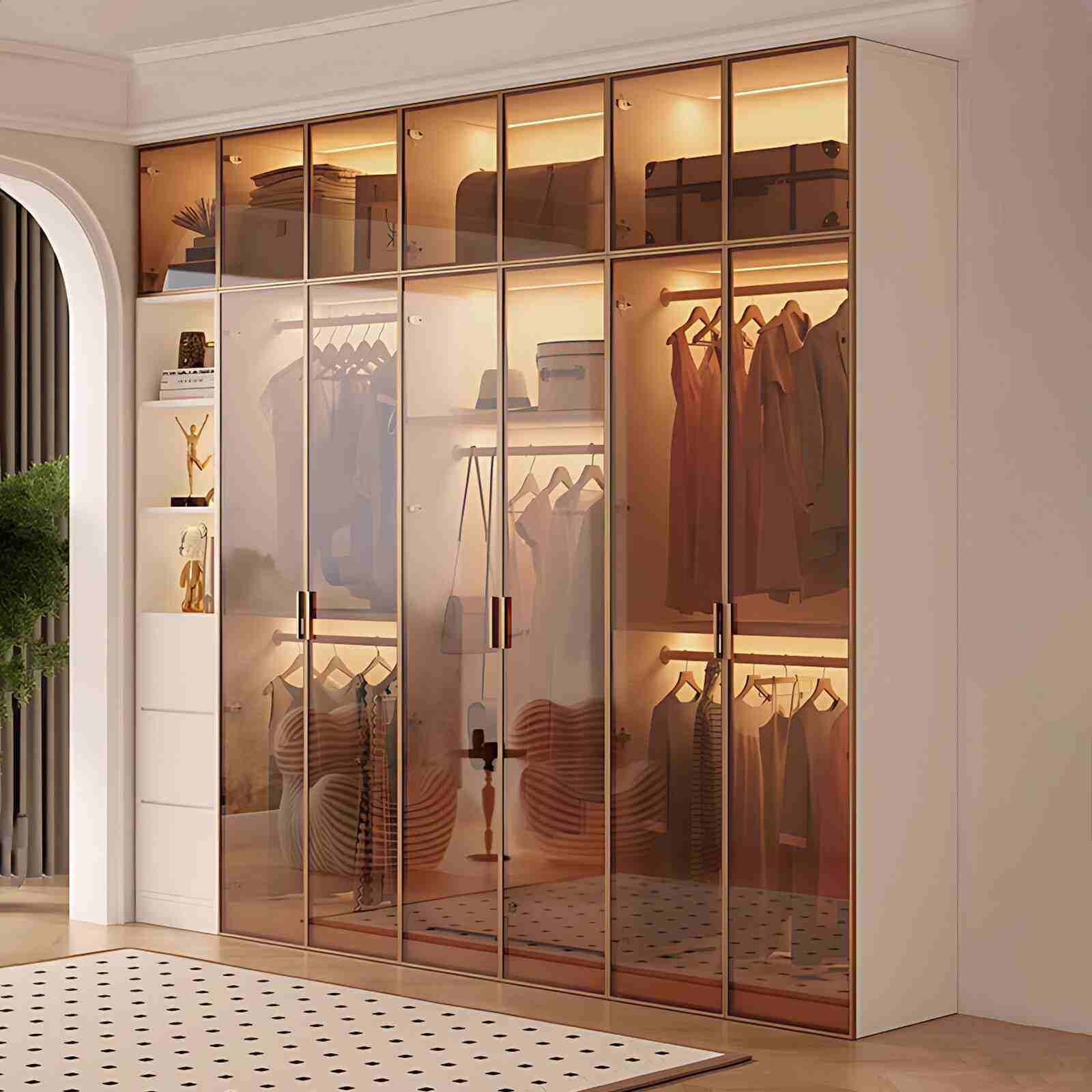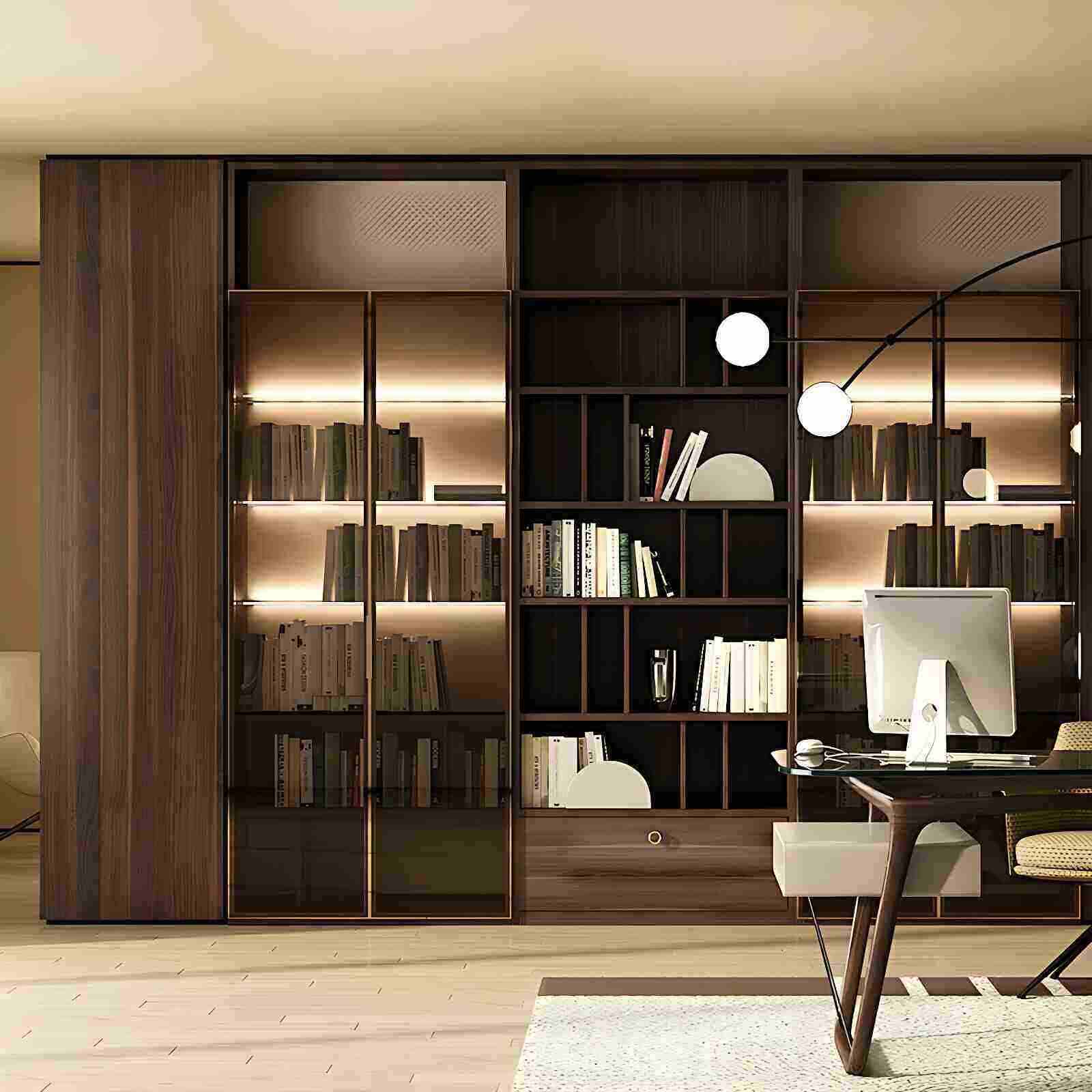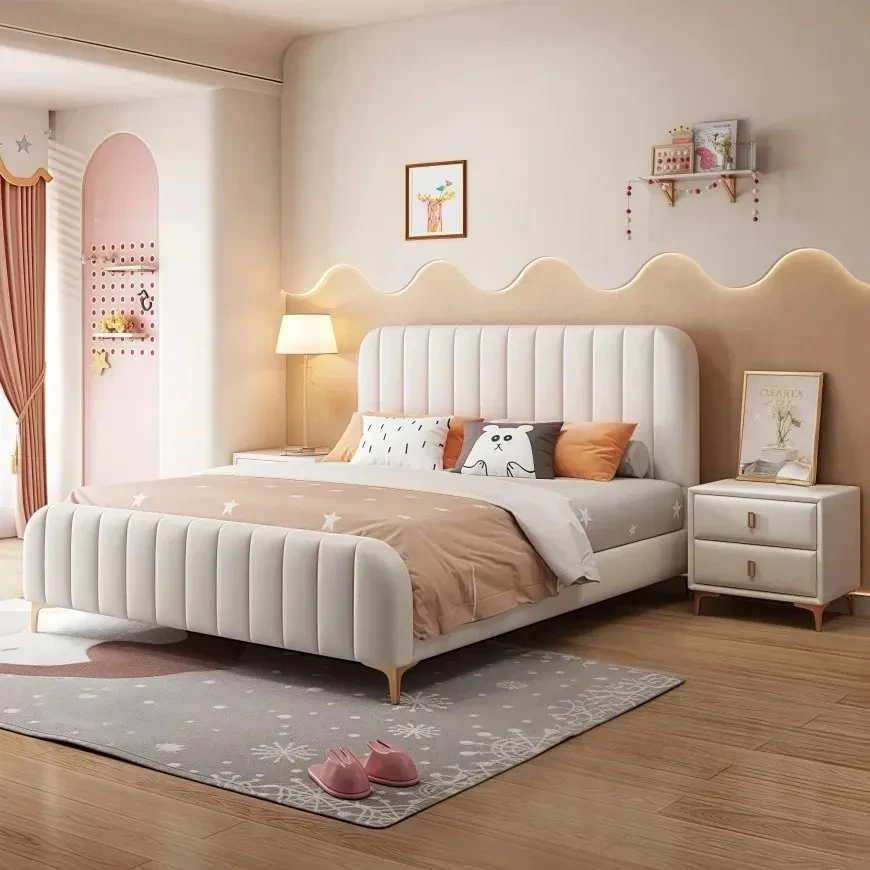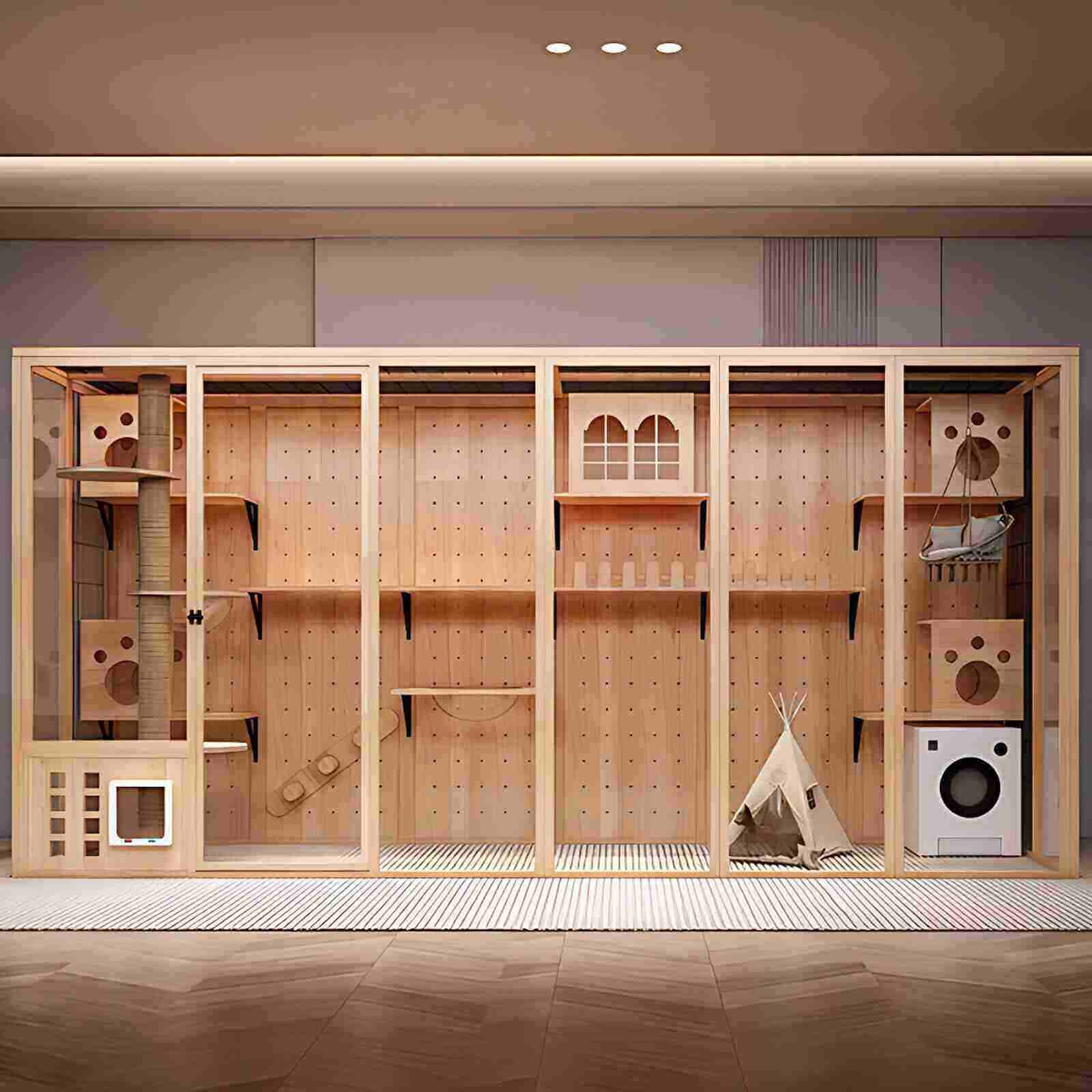Understanding the bathtub standard measurements is fundamental when one is either designing or renovating a bathroom. This knowledge guarantees two things: spatial efficiency and ergonomic comfort. When one is adhering to the modern layout demands and working within the various available sizes of bathrooms, efficiency and comfort become paramount. Not all tubs are created equal, and they certainly don't occupy identical spaces.
Compact alcove tubs have their kind of mystique, just as freestanding tubs command attention as the lavatorial centerpieces they tend to be. But whether one is placing a tub within a bathroom or thinking of it as the room's visual anchor, width, depth, and length must be planned with an eye toward the advantage of all three. This careful planning and respect for the bathtub standard measurements can make a big difference in both the appearance and the functionality of the bathroom.
Common Types and Their Standard Sizes
There are several kinds of bathtubs used in homes, and each kind usually sticks to a certain set of standard measurements. Alcove bathtubs, which are built into walls, typically measure about 60 inches long, 30 inches wide, and around 14 to 20 inches deep.
Freestanding bathtubs, often chosen for large and luxurious bathrooms, tend to be a bit longer—55 to 72 inches—with widths around 27 to 32 inches and depths that may reach up to 24 inches.
Drop-in and corner tubs also have their standard dimensions, usually falling into an equivalent length and width as alcove and freestanding bathtubs, though their depth and spatial configurations vary quite a bit depending on installation challenges.
These kinds of bathtubs serve as the basis for most layout plans and purchasing decisions centered around bathtub standard measurements that meet both structural and aesthetic desires.
Measuring for Installation Accuracy
Before buying a bathtub or proceeding with an installation, accurate measurement of the available bathroom space is necessary to prevent costly alterations later on. Begin by measuring the total length of the wall where the bathtub is going, then assess the width from the back wall to the front edge; how much depth can your flooring safely accommodate?
Remember to consider plumbing connections, faucet positions, and the tilt of your water drainage. And now is the time to account for at least a few inches of buffer space to make adjustments that you can live with. All this seems like a lot to consider, yet following bathtub standard measurements produces fewer problems with adjoining walls and fixtures.
Space Efficiency in Modern Bathrooms
In numerous present-day residences, the size of bathrooms is decreasing as a result of the need for more square footage and the general space constraints that come with urban living.
The situation has necessitated the selection of compact models, and even those models may require prioritization in the design. Thus, finding space-efficient bathtub models becomes vital.
On the one hand are compact bathtubs that meet minimum standards, generally starting at 48 inches in length and 28 inches in width. On the other hand are the ill fits, the too-small models that seem to dunk one in a tub with water that doesn’t come close to the standard 5½-foot height. And then there are the walk-in showers that don’t seem to leave enough room for the kind of intimate, private experience necessary for a good cleanse.
The Role of Building Codes and Ergonomics
Although aesthetics and comfort are important, there is also a third consideration: adherence to the many construction codes and regulations that affect bathtub design. These rules mandate certain minimum and maximum dimensions, as well as basic ergonomic principles, that must be followed if a bathtub is to be legal and safe for use.
For instance, some jurisdictions require the height of the tub rim above the finished floor, while others have a minimum tub width that must be met.
There are also many regulations (some of which are quite old) that cover the material from which the tub is made, how the tub is to be installed, and even how it is to be drained (which is addressed in some plumbing codes). Altogether, there are several good reasons for being aware of bathtub standard measurements—reasons that go far beyond user comfort and good design.
Luxurious Bathtubs with Irregular Lines Design Artificial Stone Bathing Tub: This modern freestanding bathtub features a striking infinity-shaped design, customizable in color and size. Made from premium artificial stone, it offers exceptional durability, a non-slip textured surface for safety, and excellent heat retention. Easy to clean and maintain, it’s both a functional and stylish centerpiece for any bathroom.
Recommendation
Suncharm provides bathtubs that are painstakingly crafted to conform to bathtub standard measurements, ensuring that you can enjoy the appearance and feel of a luxurious bathtub without worrying that the fixtures will not fit with the bathroom you have or the one you are designing. Our wide selection of products takes care of that. And if you check our website or pay a visit to the Group headquarters, you are sure to find the right look and right feel among their far-reaching collection.

 USD
USD
 GBP
GBP
 EUR
EUR
